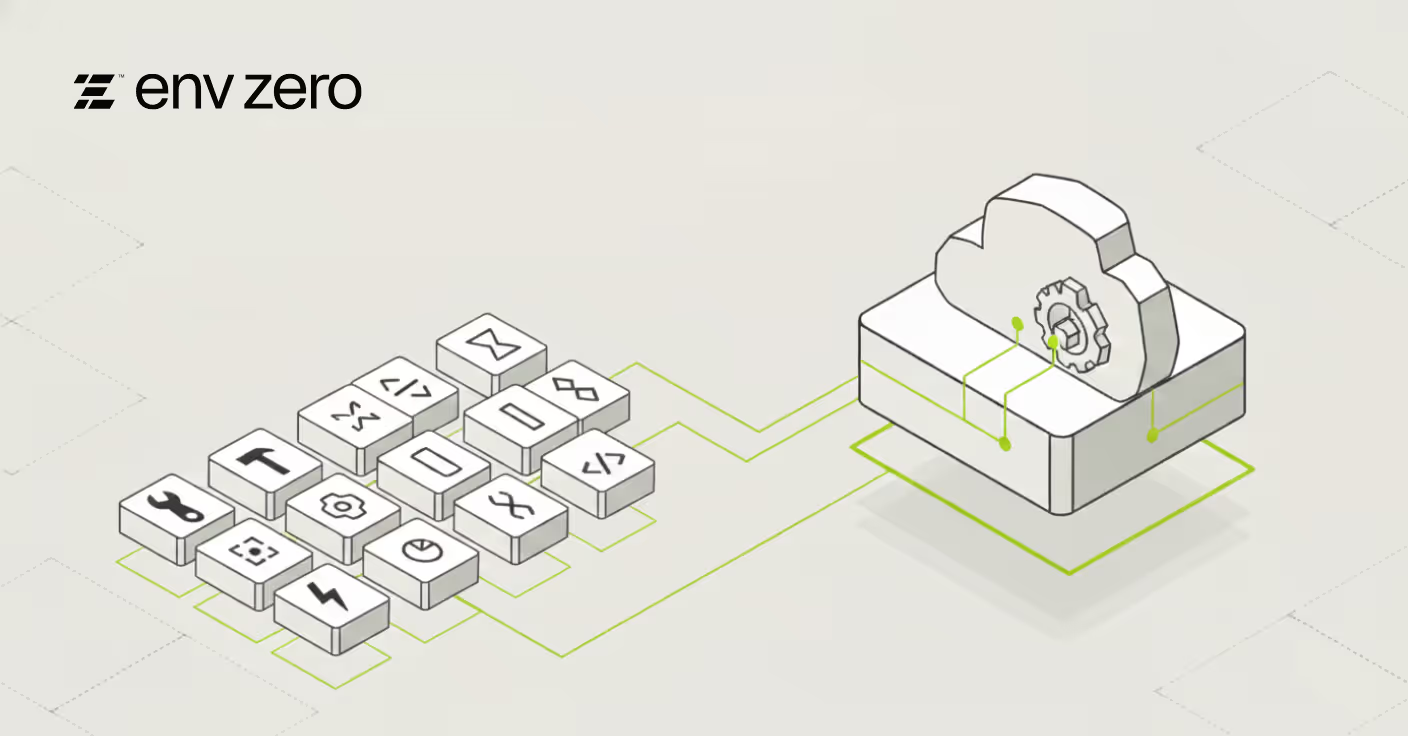
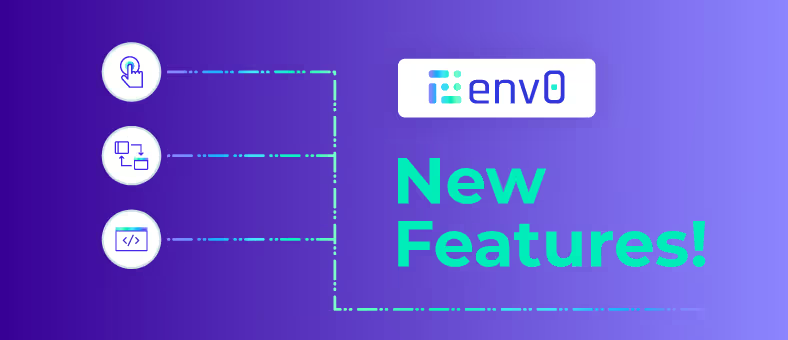
Hello, env0 fans! Here at env0 we are very focused on the user experience. We are always working to make the experience easier, faster, and more enjoyable. With that in mind, today we want to introduce the Template Wizard!
Template Wizard
This feature is very important, in my experience. Here at env0, we want our platform to be as easy as possible to get from 0 to Deployed. The biggest step in this process is creating the templates. This is where you tell env0 where to find your code, and what you want us to do with it. Before now, the process was just a big form that you put all your stuff in on. Now, we walk you through the process in a much easier way. But enough talk about it, let’s see it!
The Process
The first thing we want to do is click Templates under Organization. This will get you to your template list.

Next, we will click Create New Template to access the template wizard. We’ll Select the Template Type (Terraform or Terragrunt), give it a Template Name, and a Description. We can also go into the Advanced area and select SSH Keys if we need them, and also set the Retry on Failure policy.
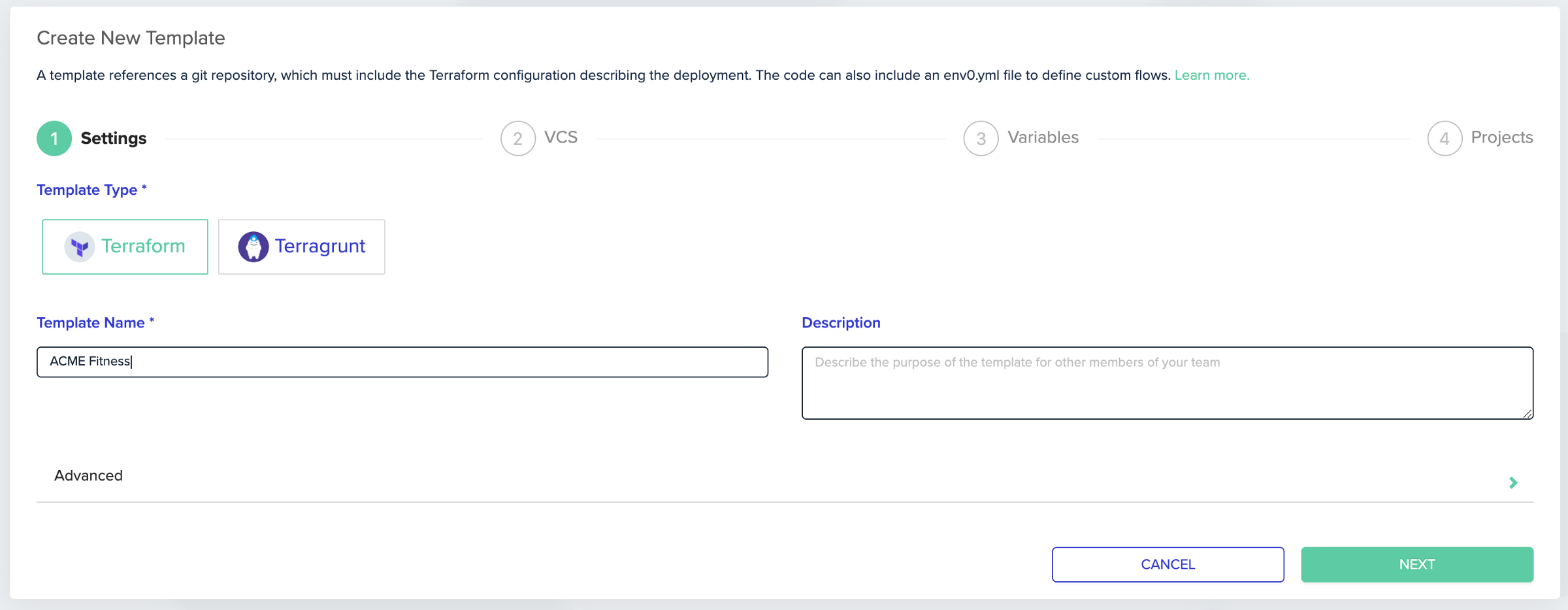
Once we click Next, we move on to connecting the repository. We support any kind of version-control system you want to use, but currently have deep integration with GitHub and recently GitLab. To use a non-GitHub provider, you just need the Repository URL, Branch, Terraform Folder, and the Git Token for authentication.

Since I’m using GitHub, I’ll select GitHub.com from the selections, fill out the form, and click Next.
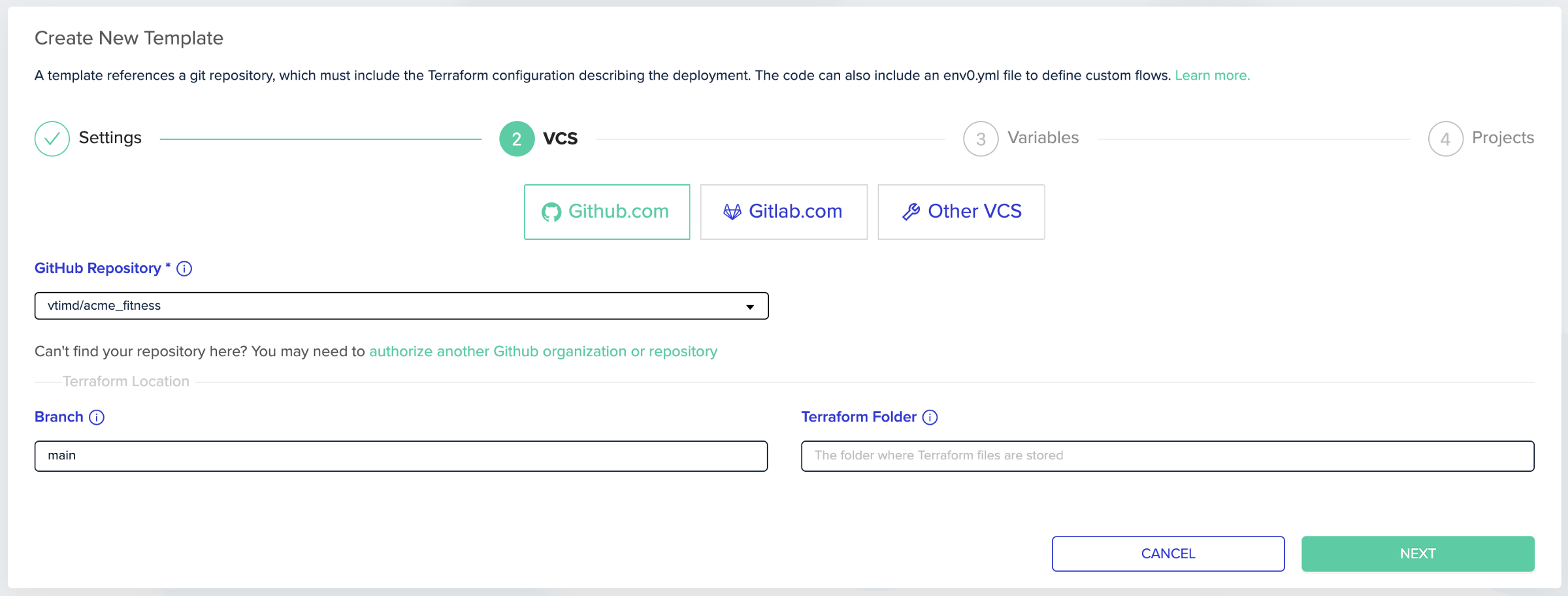
Now we need to set up the Variables. If they are template specific, you can set them here. Otherwise, our variables can be at the Organization, Project, or Environment level. I am adding an instance_type variable. So I will set the Key and Value and click Next. More on our variables can be found here.

The last bit here is a great piece. This is where we assign the Template to Projects. In the past, you had to go into each Project Settings and assign the template. Now you can just pick and choose which projects you want to use when you create the template. Once you click Done, you’re all set!

But wait, there’s one more thing…
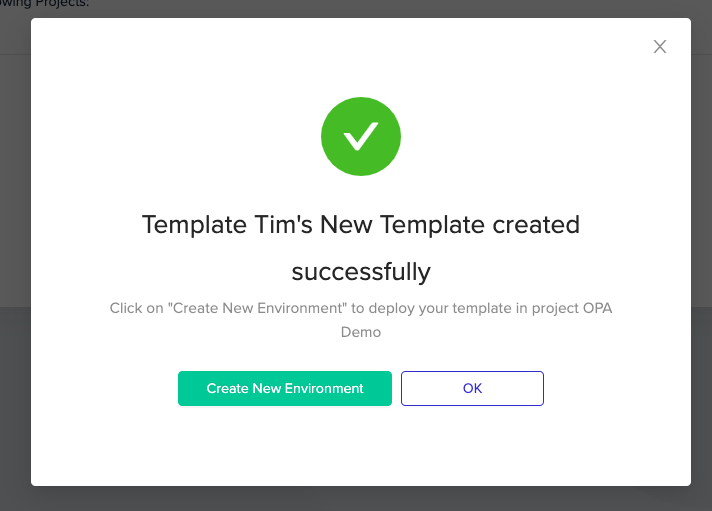
The wizard concludes with a button to immediately deploy the template! This is how we help you get from 0 to Deployment faster, here at env0. If you have any other questions or feedback, feel free to reach out anytime!

.webp)




